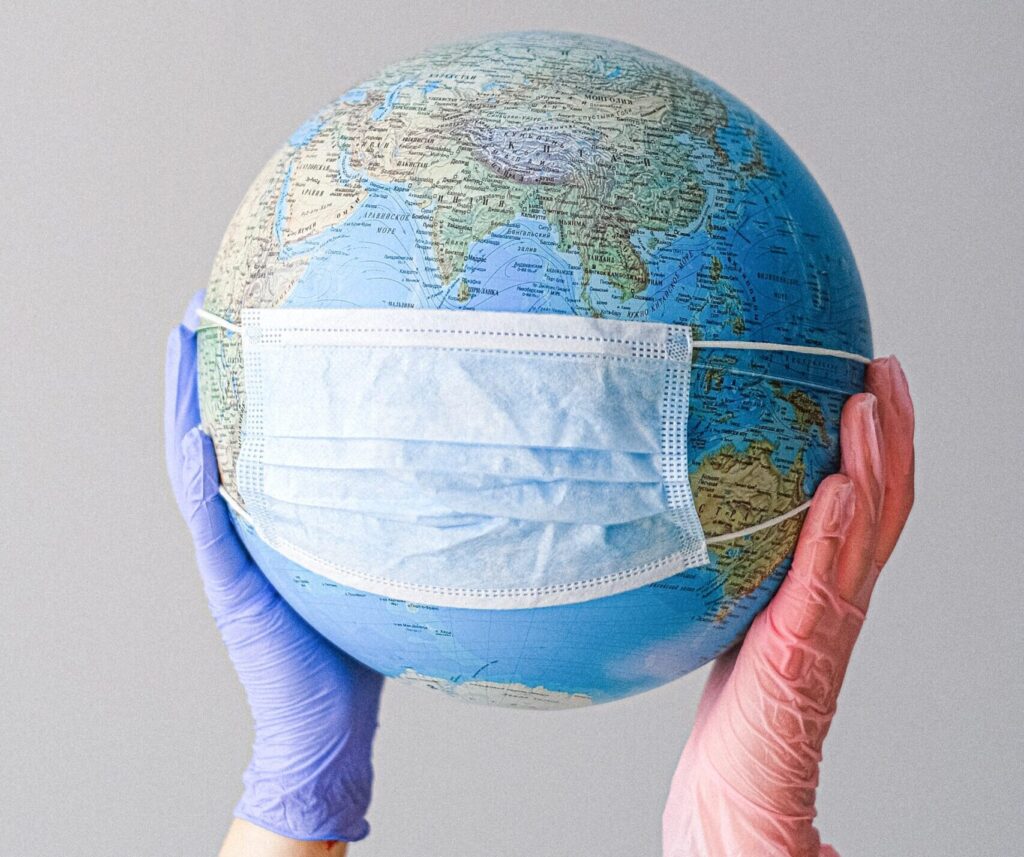For those who often find their days gone in a whirlwind of tasks and commitments, convenient food is a necessity. Fancy an Italian lasagna after a morning of marathon meetings? No problem! Just run down to the local trattoria. Don’t have time to make the walk? Also not a problem – food delivery apps like Uber Eats, Grubhub, foodpanda, and Deliveroo can seem like a godsend. Depending on where you are, you can even have a bottle of wine or champagne delivered to you.
The Environmental Cost of Your Takeaway Meals
Takeaways and delivery apps are great, but there are drawbacks, such as the sheer amount of waste generated from this desire for convenience.
Take China, for instance. Approximately 1.5 million tons of packaging waste was produced by the online takeout business in 2017, a ninefold increase from 2015. What’s worse, the fact that these takeaway containers are lightweight and stained with food and sauces means these containers are rarely recycled – scavengers deem them too much hassle for too little money. Recycling rates are even lower for Styrofoam containers, as they are not recycled at a mass level and often end up in the landfill.
In Hong Kong, up to 179 tons of plastic utensils and Styrofoam takeaway containers are sent to landfills every day. A Greenpeace survey of 1,000 Hong Kong residents in 2017 found that at least two in three used disposable utensils and straws when eating out. From August to October in the same year, the green group studied the amount of single-use plastic items given away at 24 outlets of a fast food chain, and arrived at the amount of 490,000 daily. Laid out in a straight line, the total items of single-use plastic would be as long as 168 towers of ifc, one of the city’s tallest buildings, are high. And that’s every single day!
A wide range of restaurant and menu offerings, speedy delivery, easy payment options, and special offers and promotions are the reasons behind app-based food delivery services’ growing popularity. And office workers are by no means the main users of these services: globally, 82% of online food delivery orders are placed from homes, and only 16% are placed from the workplace.
That the good old home-cooked meal is dying is not news. With the availability of domestic freezers from the 1970s onwards, busier lifestyles, more unconventional working hours, as well as the increase in single households and the number of working women, meal occasions have become less structured, giving rise to ready meals, dining out, food delivery by restaurants, and more recently, app-based food delivery. Perhaps unsurprisingly, this has sparked concerns about the erosion of traditional food cultures and decline of health.
The growing popularity of app-based food delivery services also means that restaurants are having to adapt, such as downsizing seating space as a result of less foot traffic and more mobile-ordered takeaways, and servers now spend more time preparing deliveries than serving customers, which for some could mean earning US$50 less in tips per shift. Even when there is a tip involved, it usually goes to the drivers working for the app-based food delivery companies.
But that is not to say that these drivers are paid or treated well. For example, Instacart and DoorDash are both accused of subsidizing workers’ pay with customers’ tips, and Uber Eats pays drivers the lowest fee among all leading app-based food delivery services. With customers expecting their meals to be delivered within an hour (or the app will risk unfavorable rating), drivers are exposed to traffic injuries or even casualties.
The best thing you can do to counteract the undesirable consequences of takeaway meals and food delivery is to bring your own lunch. So you will need to wake up earlier or take some time off from your busy schedule to prepare the meals, but the benefits are worth it. In addition to a healthier diet and more savings in your bank account, portion control afforded by making your own lunch also means less food waste, which is a major driver of climate change. Whip together a simple, nutritious meal if your office has a well-equipped pantry. If cookware isn’t included in your office pantry, take inspiration from this Chinese Internet celebrity, who turns office supplies into makeshift cookware!
Instead of ordering takeaway from your work desk, how about taking a walk and bring your own reusable containers for takeaway meals instead? Those who are less inclined to make a habit of bringing reusables daily will be happy to know that Revolv, an Asia-based startup, has launched a container rental service in Singapore earlier this year, and has partnered with Impossible Foods and Invisible Kitchen in a month-long plant-based food truck initiative in Hong Kong ending 12 July. GO Box and OZZI are similar services in the US, which allow users to get their takeaways with reusable containers that can be returned at designated drop-off sites.
Whatever you choose to do to reduce the environmental impact of your daily meals, the rule of thumb is to prioritize ‘reduce’ and ‘reuse’ over ‘recycling’. Here’s why.
We’re also reading…
-
For Hongkongers who are serious about recycling, check out these community recycling stations, which also collect Styrofoam containers to be recycled by this NGO.
-
This is the amount of plastic we have created since 1950.
-
The S&P ESG Index removed this fourth-largest S&P 500 company from its list of socially responsible companies.
-
There is a 600-year-old tradition of bridge-making in Peru, where everything from the material used to the construction method leaves zero damage to the environment.
-
While this country’s food waste is causing more greenhouse gas than plastic, this country is winning the battle on food waste.
-
Governments of some of the world’s wealthiest countries are providing little to no paid parental leave.
-
You will no longer need to be physically in New York City to run the New York City Marathon.
- These are the ways that big techs are manipulating you and predicting features of you using algorithms and AI.



